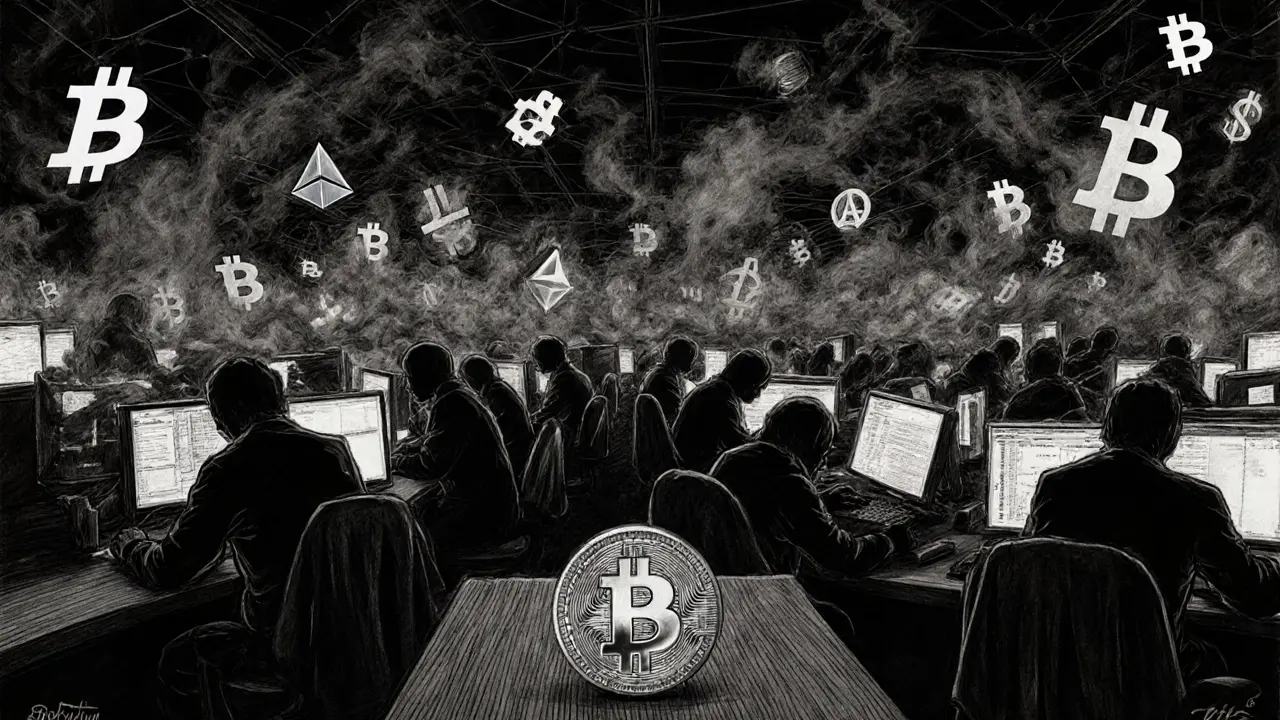Binance is the world's largest crypto exchange in 2025, offering low fees, 350+ coins, and advanced trading tools. But is it right for beginners? Here's the real breakdown of fees, security, and risks.
Binance Fees: What You Really Pay to Trade on the World’s Largest Crypto Exchange
When you trade on Binance, the world’s largest cryptocurrency exchange by volume, known for low fees, high liquidity, and a wide range of trading pairs. Also known as BNB Chain’s primary gateway, it’s where millions of traders start—but what you pay isn’t always obvious. Binance doesn’t charge one flat fee. It uses a maker-taker model, where makers (those who add liquidity by placing limit orders) pay less than takers (those who remove liquidity by filling existing orders). If you’re trading BTC/USDT on spot, makers pay 0.1% and takers pay 0.1%—but that drops to 0.08% if you hold BNB and use it to pay fees. That’s not a small difference if you’re trading $10,000 a day.
Withdrawal fees are another hidden cost. Sending BTC out of Binance? You’ll pay around 0.0005 BTC—not a lot, but it adds up over time. Stablecoin withdrawals like USDT on Tron cost pennies; on Ethereum, they can hit $5. And if you’re using Binance Futures? Fees are even lower—down to 0.02% for makers—but liquidation risk jumps. Then there’s P2P trading: no fees, but you’re at the mercy of seller spreads. And don’t forget the 0.5% fee if you buy crypto with a credit card. Most people don’t realize how much that eats into small buys.
Compare that to other exchanges like Kraken or Bybit, and Binance still wins on volume—but not always on cost. Azbit and Bitay offer 0% trading fees, but they’re smaller, less regulated, and lack Binance’s depth. Instant Bitex shut down after offering low fees. LGO Markets vanished after its parent company collapsed. Binance survives because it balances low fees with massive liquidity. But if you’re not using BNB to pay fees, you’re leaving money on the table. And if you’re trading altcoins with thin order books? Slippage becomes your real fee.
What you’ll find below isn’t just a list of posts—it’s a real-world breakdown of how fees, exchange reliability, and scam risks play out on and around Binance. You’ll see how other platforms stack up, what happens when exchanges disappear, and how to spot fake airdrops tied to big names like Binance. No fluff. Just what traders actually pay, lose, or miss because they didn’t understand the full picture.

